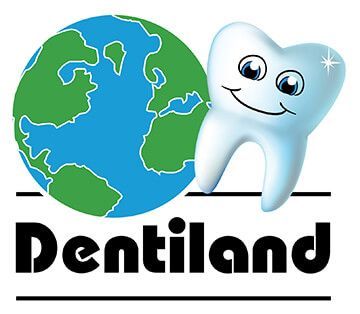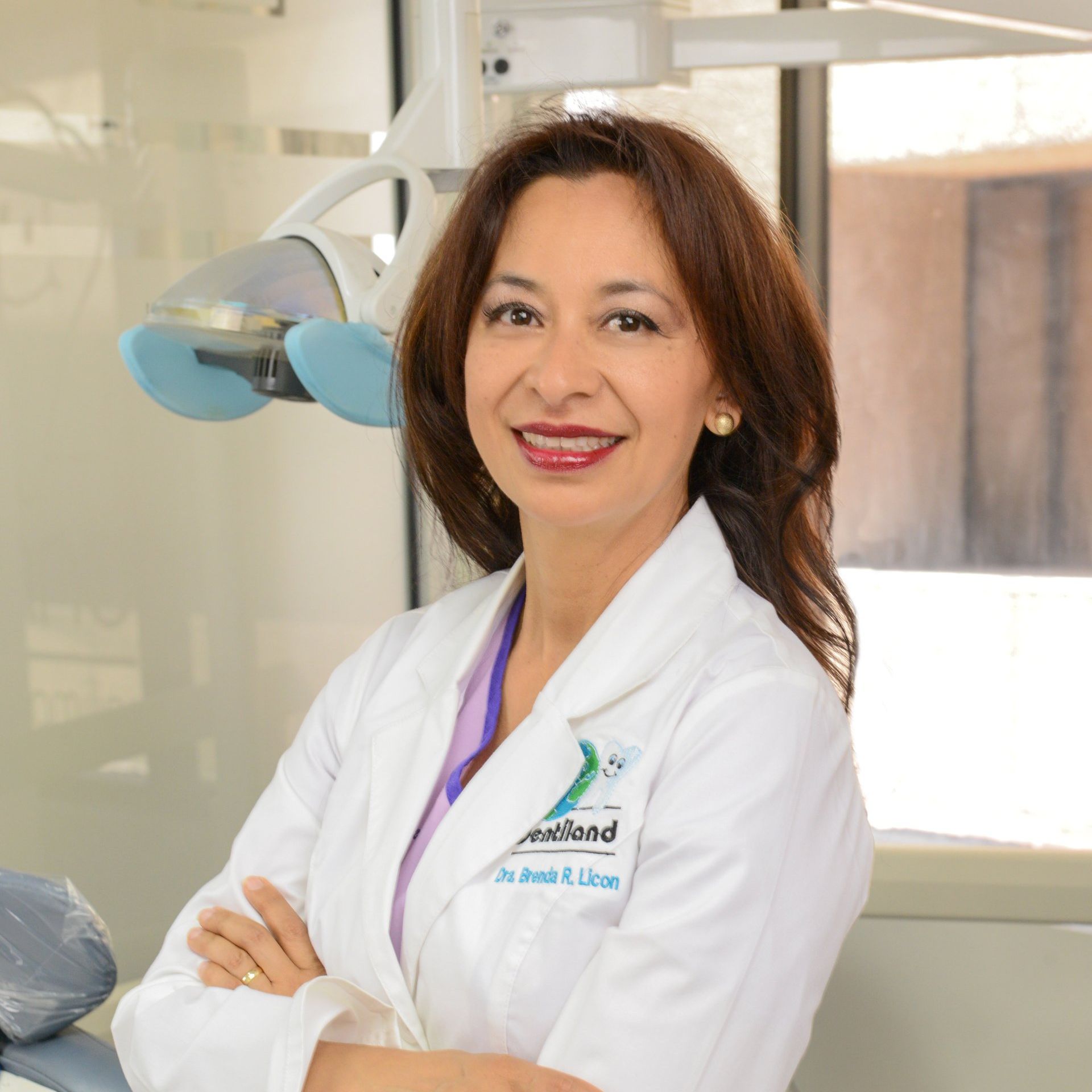What Does a Routine Dental Examination Include?
A routine dental examination usually begins with a thorough cleaning of your teeth and gums to remove plaque build up, tartar and stains. Having your teeth cleaned regularly helps to prevent periodontal (gum) disease that can cause major dental problems, including loss of teeth, if left undetected and untreated.
Next, we do a thorough soft tissue examination, using both a visual and finger inspection, to detect changes in the soft tissue lining on the inside of your mouth. Any changes might confirm the presence of a benign, pre-cancerous or cancerous condition that could require immediate attention.
We also perform a periodontal screening to check your gums for any sign of gum disease. It is important to detect gum disease in its earliest stages to achieve the best results, especially if further treatment is necessary.
Routine dental exams also include a visual inspection of each tooth surface to identify new areas of decay and to check teeth that may have had prior restorations.
X-rays may be needed to check the side surfaces of your teeth, the area beneath the gums and other areas that are not clearly visible. X-rays are usually taken according to a schedule and not at every visit.
How Often Should I Come in for Routine Care?
This is one of those questions that really depends upon your health history and the doctors recommendations. While some people come in for a cleaning and examination like clockwork, say every six months or so, others may wait up to a year between visits.
There are some reasons that warrant a more aggressive routine dental appointment schedule. More frequent visits are usually advised when patients have an increased risk for oral disease based on age, pregnancy, heavy alcohol and/or tobacco usage, the presence of gum disease, or pre-existing health conditions (e.g., diabetes, frequent dry mouth or a compromised immune system).
An open and frank discussion with the doctor or your dentist can help you determine how often you should schedule routine cleanings and examinations.



